Hi there everyone! My name’s Mark and I run a site for photographers called Shotkit. I’m also a destination wedding photographer, meaning that I get to travel a lot for photography work. When shooting someone’s wedding, I travel with a selection of professional photography gear to get the job done. However, when I travel with my family for leisure, my criteria for a travel camera is totally different.
I’ve put together my top 5 tips for the best travel camera for all you Girl Tweets World readers, to ensure you get great photos on your next holiday.
(This post contains some affiliate links to Amazon products. Read disclaimer for details.)
Top tips for choosing a travel camera
Tip #1 – Go Compact
When I see someone traveling with a big, bulky dSLR camera, it makes me wince! With the advent of mirrorless compact cameras, professional image quality can now be attained in a camera body that’s often half the size of the average dSLR.
As a seasoned traveller, you already know that to be able to fully enjoy your travels, it’s important that you travel light. Having a small, lightweight camera is essential to ensure your camera can be carried either around your neck, or in your pocket, ready to be used straight away.
Recommended camera: Canon Powershot G9X Mark II
The Canon is a capable, robust and extremely popular camera which is the perfect size for travel.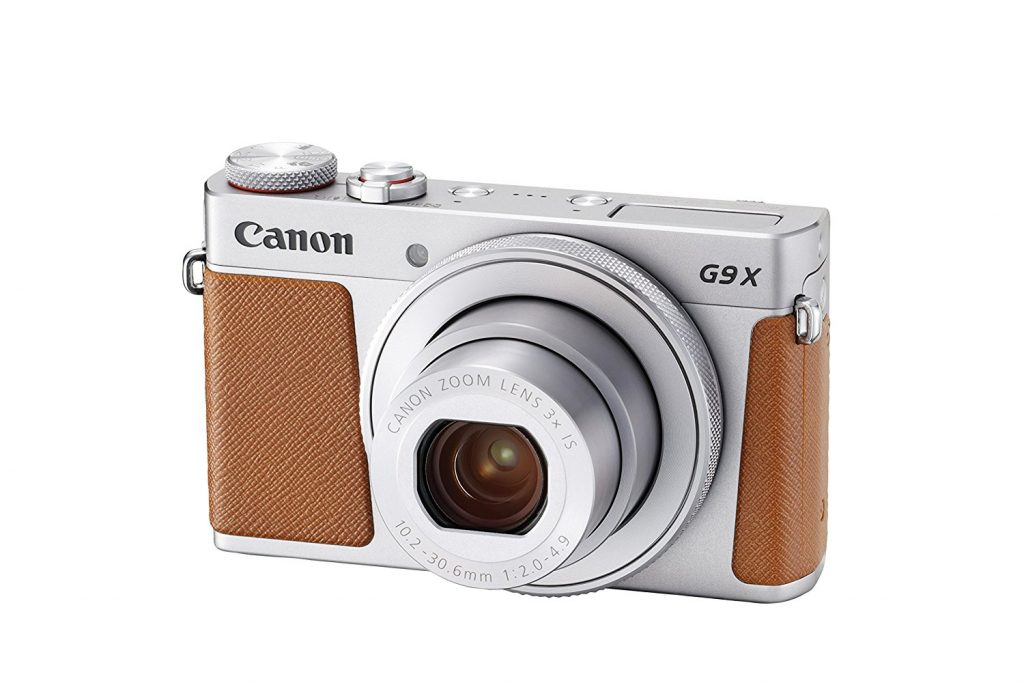
Tip #2 – Auto-Focus
Auto-focus refers to the camera’s ability to grab focus on a subject and take a blur free shot in as short a time as possible. Having fast auto focus is essential in a travel camera, allowing you to get the shot and move on without wasting time.
Whether you need to take an action shot of the kids jumping into the pool or want to take some snaps of the locals whilst whizzing past them on a bus, a camera with great auto-focus is a huge plus.
Recommended camera: Olympus OM-D EM-10 Mark II
This Olympus has faster auto-focus than most dSLRs that cost 3x the price, and also features an incredibly useful touchscreen shooting function.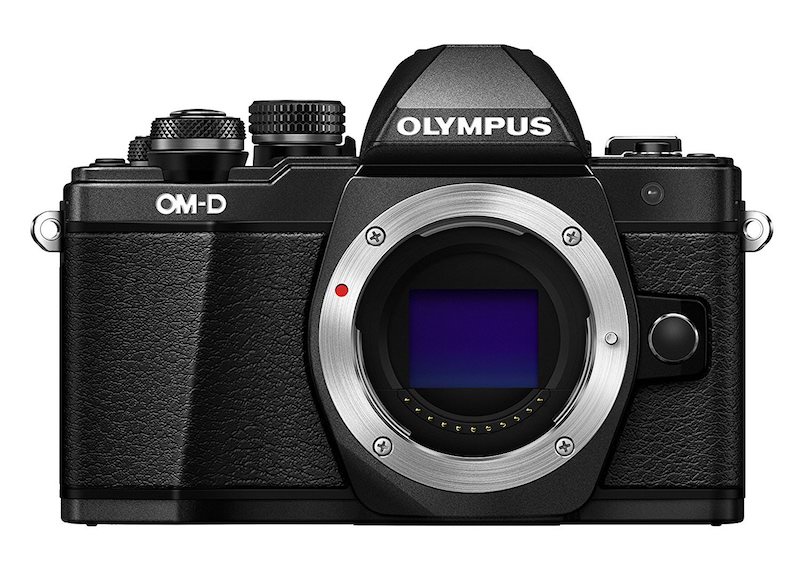
Tip #3 – Image Quality
Having a camera to document your travels which provides excellent image quality is a no-brainer, but perhaps you didn’t know that this was possible in small, affordable camera bodies.
Obviously affordability is a subjective thing, but when it comes to cameras, spending a little more really does yield some enormous benefits in image quality. Spending around $1,000 on the right camera can mean professional grade image quality.
There’s nothing worse than seeing the wonders of the world on your travels, only to have captured them on your iPhone or lesser compact camera. Make the most of your memories with a camera that can produce beautiful photos.
Recommended camera: Fuji X100F
The Fuji X100F has incredible image quality for a compact mirrorless camera. It’s actually my camera of choice – I write about my experiences traveling with it in this post on the best travel cameras.
Tip #4 – One lens
This tip can seem somewhat counter-intuitive, especially for those of you with inter-changeable lens cameras. Why buy a camera that allows you to change lenses and limit yourself to only one lens?
Having only one lens on your camera whilst traveling is not only incredibly liberating (less weight=more fun!), but also, the limitation in focal length will do wonders for your photography.
When using one versatile focal length such as 50mm or 35mm for an extended period, you’ll be able to compose your photo before you’ve even lifted the camera to your eye. You’ll also be able to cover everything from landscapes to portraits with just one lens, eliminating any time wasted fiddling around with other lenses.
Recommended Lens: Any 35mm or 50mm prime lens
If you’re using a crop-sensor camera, you’ll need to take into account the multiplication factor of the focal length, but you’ll usually be able to find a 35mm or 50mm equivalent. Try and get one with a large aperture (e.g. f/1.8, f/1.4 etc) for beautiful ‘bokeh’ and better ability in low light.
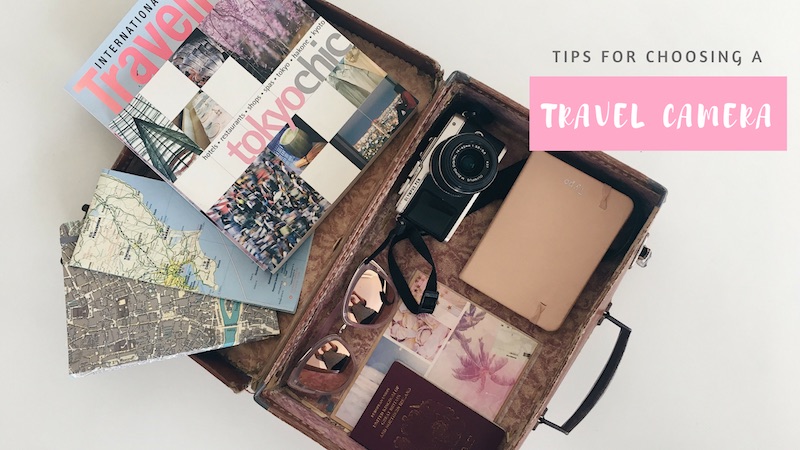
Tip #5 – In-built Wifi
What’s the point of taking great photos with your new camera if it’s a pain to share them, right?! We all want to show off the great places we travel to after all…
Having good wifi on your camera makes sharing an image to your smart phone or tablet a breeze, and it’s so much more convenient than fiddling around with memory cards. I recommend you back-up your memory card to a laptop often whilst travelling, but for transferring a handful of photos, nothing beats wifi.
Another great usage of camera wifi is being able to use your mobile device to see what the camera sees, and take a shot remotely. This means you’ll now be able to take well composed selfies at more than an arm’s length, and be part of every group photo with any friends you make whilst travelling.
Recommended Camera – Fuji X-T20
This Fuji packs so many great features into its small body, and the wifi implementation together with the Fuji image sharing app really is second to none.
So there you have it – my top 5 tips on choosing a travel camera. Remember that a good camera is a wise investment. Your memories especially when travelling are previous, and having a means to capture them as beautifully as you remember them really is priceless.
I’d like to thank Jayne for having me here on her excellent blog, and wish you all safe travels and happy snapping!
 Massive thanks to Mark Condon, a British wedding photographer based in Sydney, for his expert advice. Mark is the founder of Shotkit and author of the Shotkit Books, Lightroom Power User, More Brides and LIT.
Massive thanks to Mark Condon, a British wedding photographer based in Sydney, for his expert advice. Mark is the founder of Shotkit and author of the Shotkit Books, Lightroom Power User, More Brides and LIT.

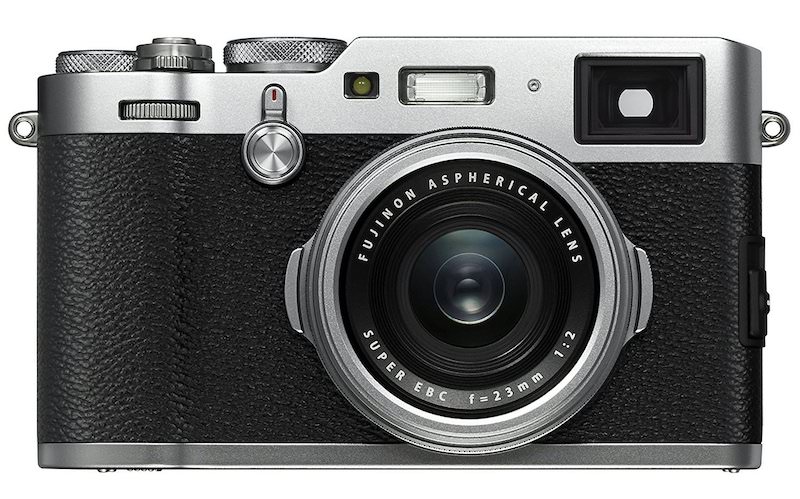
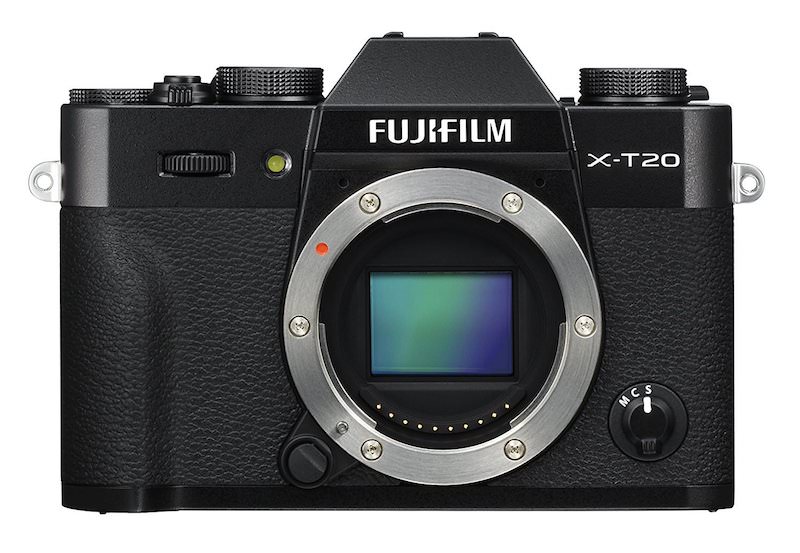

Since I changed my DSLR for a Fuji X-T1 I have not looked back. I take a 50mm equivalent prime lens which makes me move my feet to get what I want out of a photo. I get great feedback on my photos – I am only a keen amateur.
I’d consider myself a keen amateur too and am really impressed with the reviews of the Fuji x cameras – good to hear you love yours! I’m travelling with an Olympus PEN at the moment but it’s getting old and Mark’s tips have made me consider a new investment 🙂